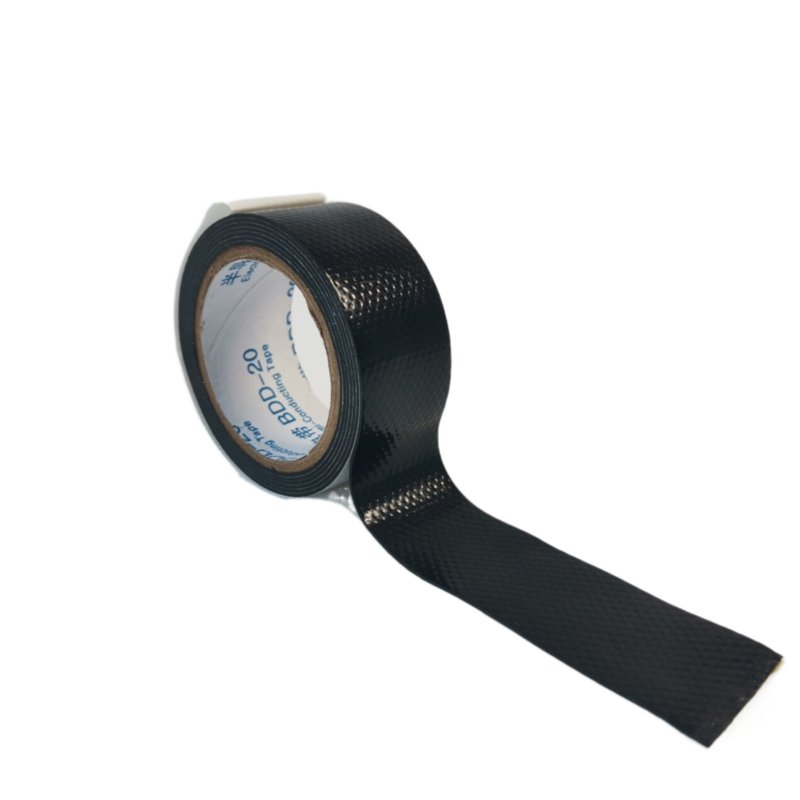The Versatile Applications of 2mm Rubber Strips
Rubber strips, particularly those measuring 2mm in thickness, are remarkably versatile materials that find applications across a wide range of industries. From construction to automotive manufacturing, the adaptability of these thin rubber strips makes them an essential component in countless products and systems. This article explores the various uses, benefits, and qualities of 2mm rubber strips, illustrating why they have become so integral in modern manufacturing and design.
Characteristics of 2mm Rubber Strips
The 2mm thickness of rubber strips offers a balance between flexibility and durability. Made from materials such as natural rubber, neoprene, or EPDM, these strips are designed to withstand various environmental conditions, including extreme temperatures and exposure to chemicals. The inherent elasticity of rubber allows for easy installation and adjustment, making it an ideal choice for sealing, cushioning, and lining applications.
Industrial Applications
1. Sealing and Gasketing One of the most common uses for 2mm rubber strips is in the creation of seals and gaskets. Their size and flexibility enable them to conform to the surfaces they are applied to, ensuring a tight seal that can prevent the leakage of liquids and gases. This is particularly important in industries like automotive and aerospace, where precision and reliability are critical.
2. Vibration Dampening In machinery and equipment, vibrations can lead to wear and tear, compromising performance and longevity. Rubber strips are effectively used as vibration dampeners in various machines, such as compressors and generators. The ability of 2mm rubber strips to absorb shocks and vibrations helps prolong the life of machinery while improving operational efficiency.
3. Flooring Solutions 2mm rubber strips are also commonly used in commercial and residential flooring applications. When applied as edge trims or transitions between different flooring types, these strips enhance safety by reducing the risk of tripping. Additionally, they can provide a finished look to flooring installations, ensuring a seamless transition.
2mm rubber strip

4. Automotive Uses The automotive industry makes extensive use of 2mm rubber strips for weather stripping and seals around doors and windows. These strips help to insulate vehicles from noise, moisture, and temperature fluctuations, enhancing passenger comfort. Furthermore, their durability ensures that they can withstand the rigors of daily use.
5. Medical Equipment In the medical field, precision is vital, and 2mm rubber strips have found their niche in various equipment applications. They can be used as seals for medical devices, ensuring that sterility is maintained while also providing cushioning and vibration damping in sensitive instruments.
Benefits of Using 2mm Rubber Strips
The advantages of incorporating 2mm rubber strips into products and processes are numerous. First and foremost, they provide an effective solution for sealing and insulation, protecting both equipment and environments from unwanted elements. Their flexibility allows for easy handling and installation, reducing labor time and costs.
Furthermore, rubber strips are resistant to degradation from sunlight, ozone, and certain chemicals, making them suitable for both indoor and outdoor applications. Their ability to provide both cushioning and support ensures that they can be used in a variety of settings without compromising performance.
Conclusion
2mm rubber strips may appear simple, but their impact across multiple industries is profound. From helping vehicles run more quietly to ensuring medical devices operate effectively, these strips play a crucial role. Their flexibility, durability, and diverse applications make them indispensable in the modern manufacturing landscape.
As industries continue to innovate and push the boundaries of technology, the demand for reliable, high-quality materials like 2mm rubber strips will undoubtedly grow. For businesses looking to enhance their products and processes, investing in these versatile rubber strips could lead to significant improvements in performance and customer satisfaction. As we move forward, the importance of such materials will remain a fundamental part of engineering and design, paving the way for more efficient and effective solutions across various sectors.
-
XIANGFAN Rubber Tape-Ultimate Solutions for All Your Insulation NeedsNewsJun.24,2025
-
XIANGFAN Rubber Tape-Protection for Industrial and Residential ApplicationsNewsJun.24,2025
-
XIANGFAN Rubber Tape: Superior Safety and Sealing for Demanding EnvironmentsNewsJun.24,2025
-
XIANGFAN Rubber Tape: Reliable Solutions for Every Electrical ChallengeNewsJun.24,2025
-
XIANGFAN Electrical & Industrial Tape: Powering Reliability Across IndustriesNewsJun.24,2025
-
XIANGFAN Electrical & Industrial Tape: Excellence in Every ApplicationNewsJun.24,2025
